Shortly after we had met, my now wife and I went for a morning walk around Venice, and at around eleven we stopped in a bar. As a northerner, that was still cappuccino time for me, but she ordered wine — a glass of prosecco.
Much later, I told the story to her father. “She’s a good girl,” he replied, and seemed quite content. Naturally, he, as a born and bred Venetian, wouldn’t be seen drinking water, unless he was ill. “Acqua fa marsir i pałi,” was a common reply. Water makes the mooring posts rot, which implies that you’ll lose your boat.
Now, my wife and her late father aren’t alcoholics. They’re Venetians.
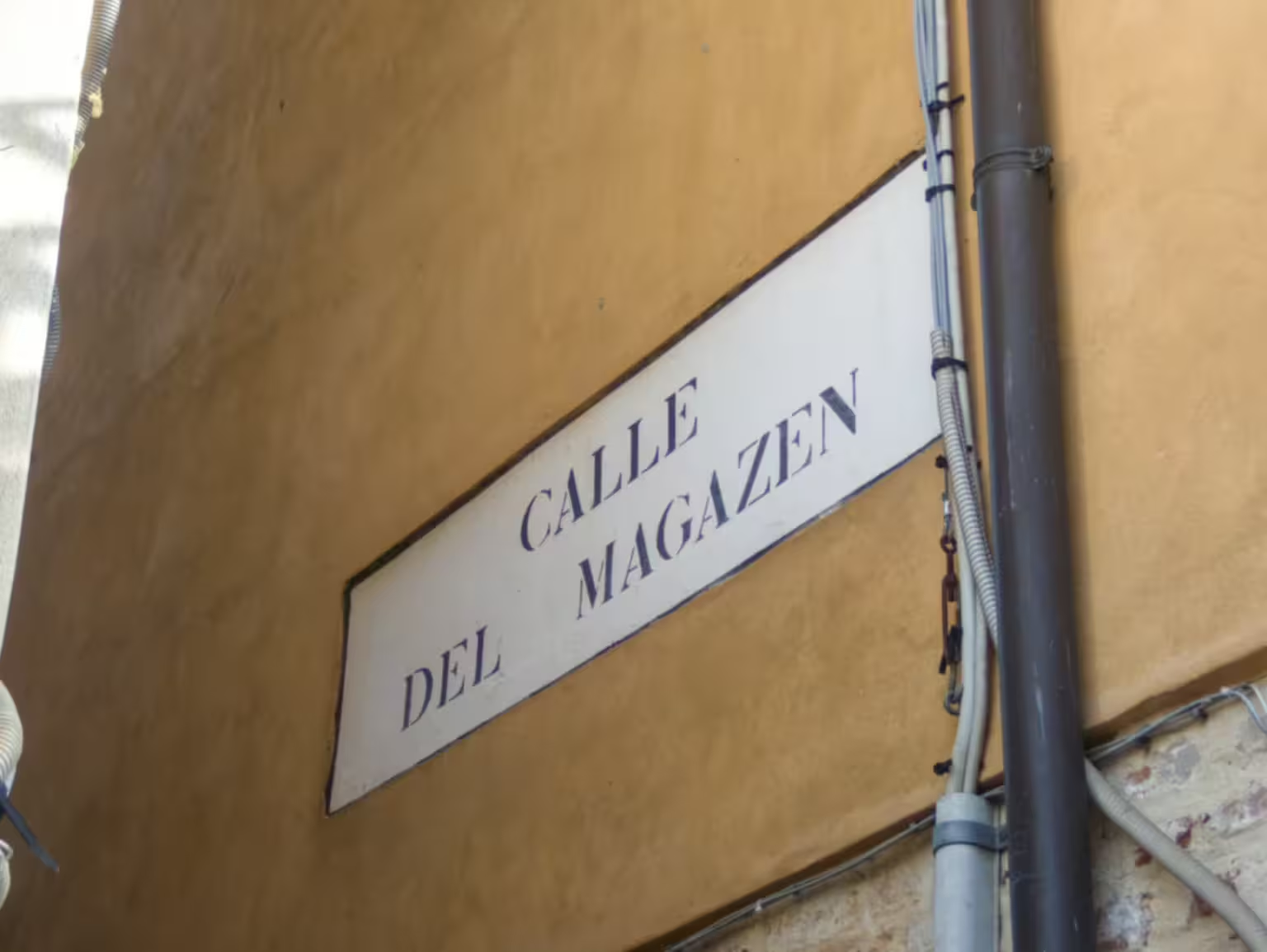
The Veneto
In the rest of Italy, the people of the Veneto region are generally known as seasoned drinkers.
People in the region don’t seem to mind. Actually, most appears to take pride in it.
Why this image has come about, I don’t know.
Maybe the local wine is stronger than most other whites.
During the Austria domination of Venice (1798-1805, 1815-1848 and 1849-1866), it was common for Austrians stationed in the Veneto to order gespritzer in the inns because they found the local white wine too robust for their taste. A gespritzer is half white wine and half Acqua Seltzer. This is the precursor of the modern Venetian Spritz.
An old Veneto superstition says that if you drink a glass of white wine on an empty stomach on the morning of August 1st, you’ll be safe from snake bites and fevers for the following year. This has become something of a ceremony, promoted by municipal administrations and pharmacies alike.
The main Italian trade show for wine, Vinitaly, also originates in the Veneto. Wine is not just culture. It is also big business.
Here’s Luca Zaia, the president of the Veneto Region, in a vineyard with a glass of wine.

Venice and wine
Now, if the Italians say the people of the Veneto region are solid drinkers, the people of the Veneto say the same thing about the Venetians.
I have lived on the mainland and on the Lido earlier, and for the last ten years or so in Venice proper, and they’re not wrong.
If you get to hang out with the locals in their places, which are not always the same the tourists see, you’ll see their drinking habits. When I’m down at the local watering hole in the morning with my dogs for a coffee and a cornetto at 7am, quite a few others are enjoying a pallina di rosso or a biretta.
As the words imply, this doesn’t mean heavy drinking. Nobody is drunk. A pallina, which is a small ball-shaped glass, holds maybe 10 cl, and a biretta is almost as small.
It’s just that acqua fa marsir i pai.
Nothing new under the sun
This is nothing new, as anybody walking the alleyways of Venice can easily confirm.
One of the more common street names in Venice is Calle del Magazen, or some variation thereof. Sounds like some ancient storage facility, but it is not.
The better inns for foreigners are the Lion Bianco, the Gallo, the Fontana, the Serena, and the Rè Magi. The main eateries at Rialto are under the signs of the Campana, the San Giorgio, the Due Spade, the Donzella, the Simia, the Sturgeon, the Gambaro and the Cerva. In the area of San Marco you find the Cavalletto, the Cappello, the Selvatico and the Rizza, besides the practical Malvasia retreats and Scaletteri for snacks. Each area has its wine taverns (orig: Magazzino da Vino) and shops which sell everything ready to eat for the lesser persons.
Coronelli (1697)
Note the original Magazzino da Vino for the taverns for “lesser persons.”
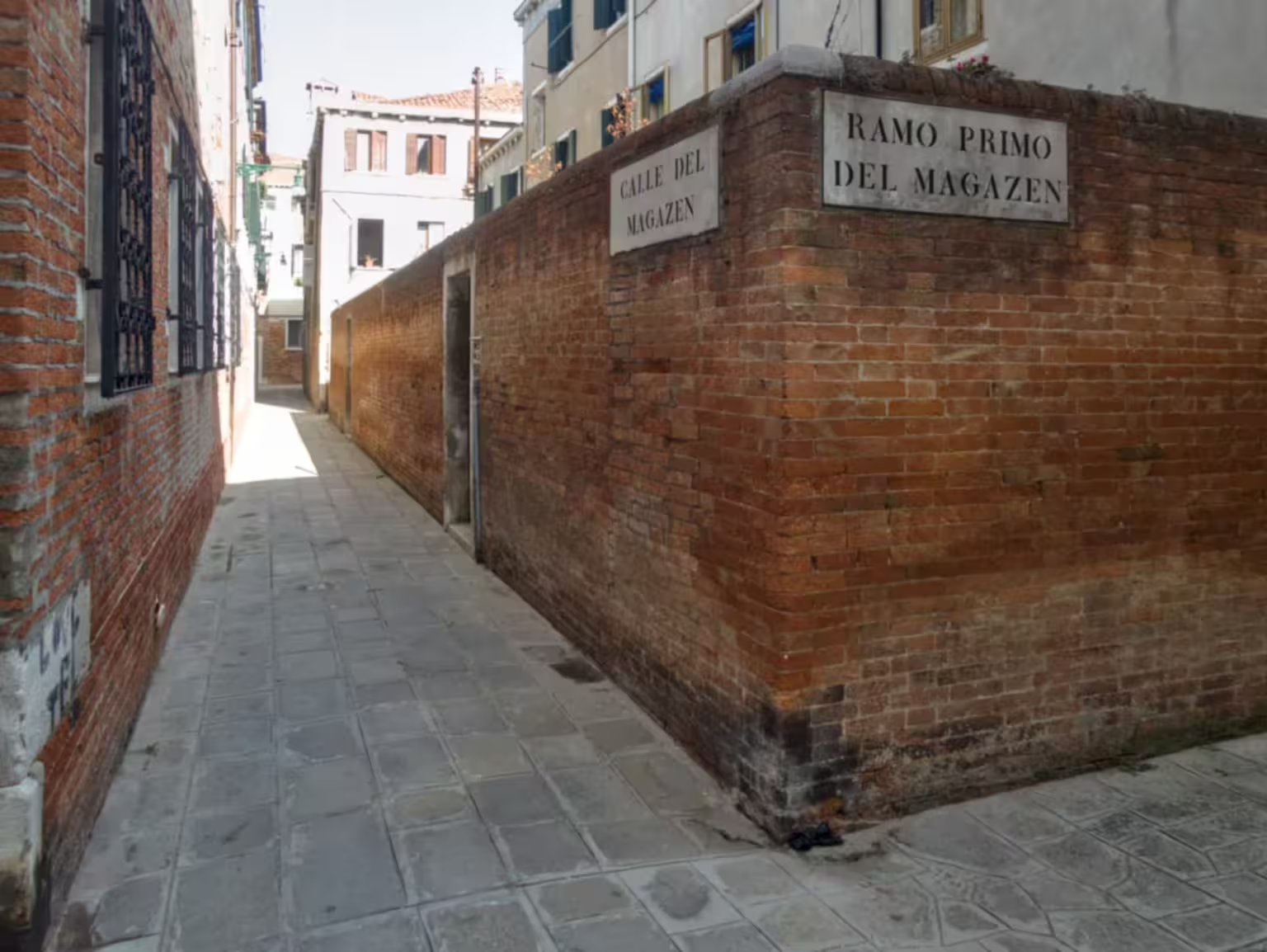
From an 1800s dictionary of the Venetian language:
Magazèn da vin. Tavern. Inn for vile persons. Retail wine shop, and in the times of the Venetians also pawn shop, which paid out two thirds in cash and one third in poor quality wine, called vin da pegni (pawn wine).
Boerio (1829).
And:
Vin da pegni, used in the Venetian times of the very poor wine the magazenieri or the bastioneri paid in their pawn shops. They offered money on pawned objects, and to cover up the usury they paid two thirds in cash and the last third in wine of the poorest quality they had.
ibid..
That is why the Calle del Magazin is such a common name in Venice.
The last entry also explains the Calle del Bastion of which there are a few in Venice. These were large wine taverns.
Naturally, these taverns for “vile” and “lesser” people became dens of all kinds of vice, besides the usury of the pawnshops side business.
The always worthwhile Tassini, in his Curiosità Veneziane, quotes a poem:
Altri vanno ai magazzini Dove mai non è penuria D'appostati camerini Per ricovro alla lussuria.
Which in my inexpert translation:
Others go to the taverns Where there's never scarcity Of hidden small chambers To shelter depravity.
Coronelli above also mentioned malvasia in the quote above. The Calle della Malvasia, Campiello della Malvasia and Ramo della Malvasia are almost as common as the Calle del Magazen.
The malvasia is a Greek wine, which was very popular in Venice. It originates in the Peloponnese, which was under Venetian control for periods.
The Venetians have always been solid drinkers.
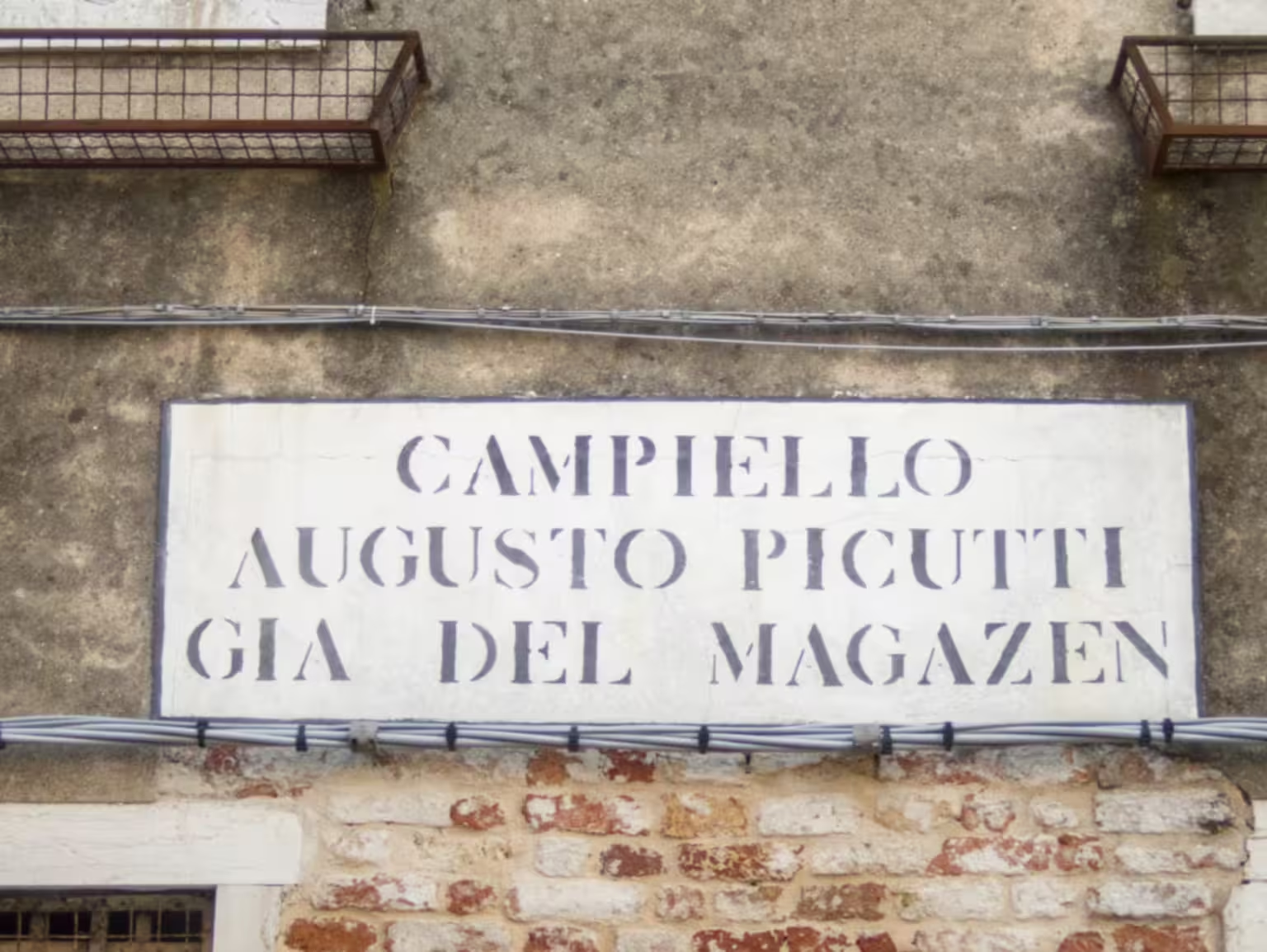

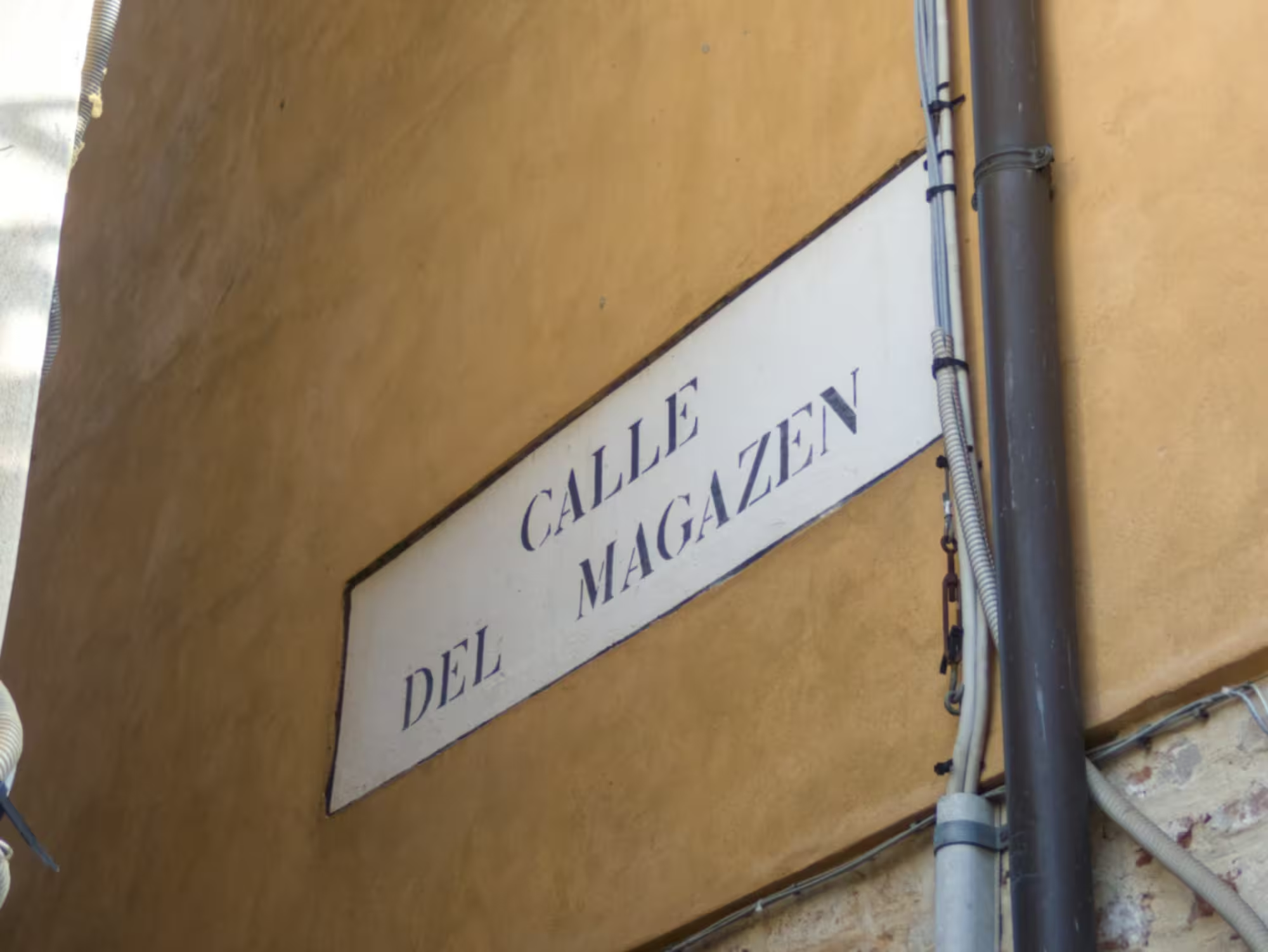
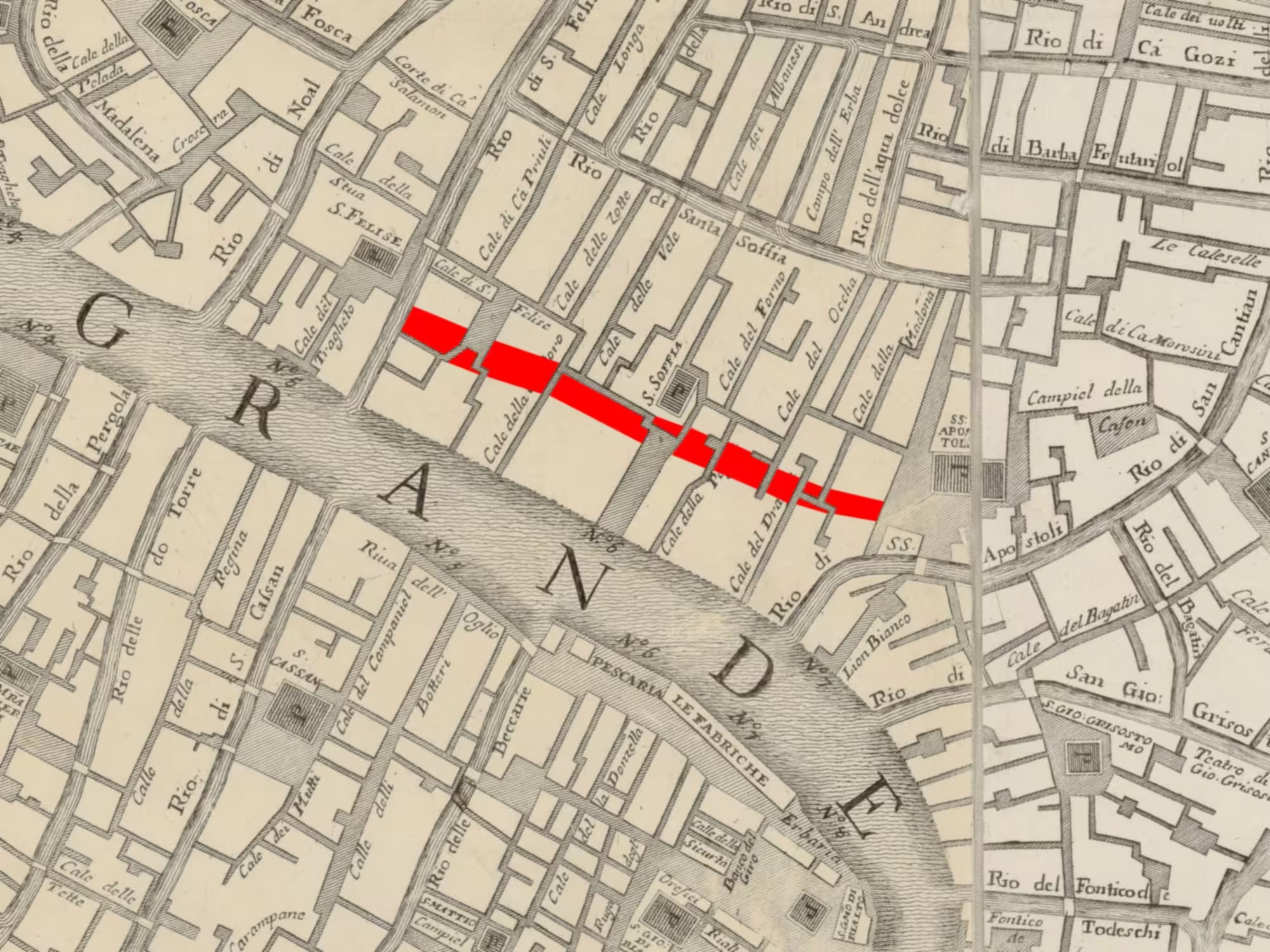

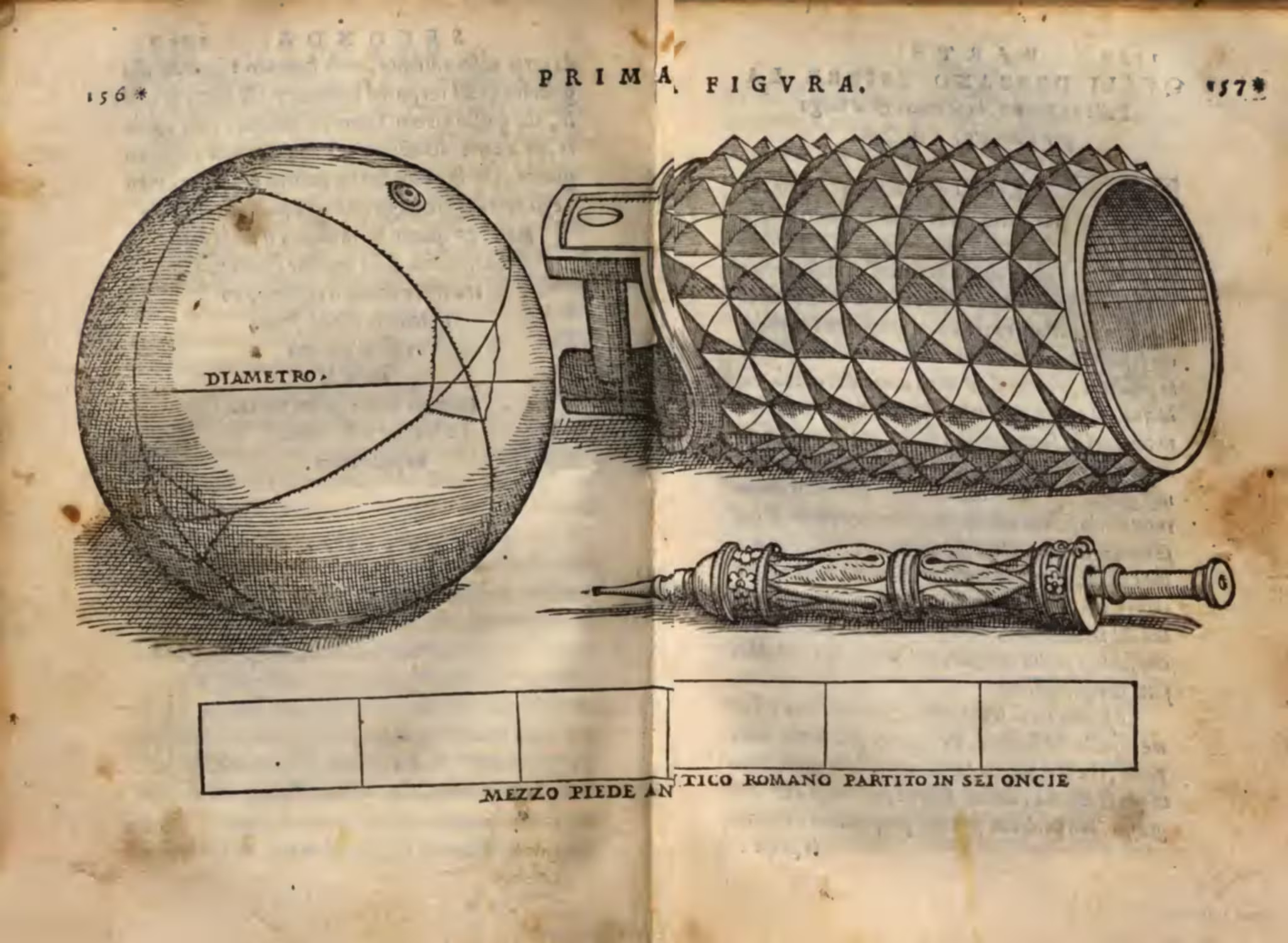
Leave a Reply